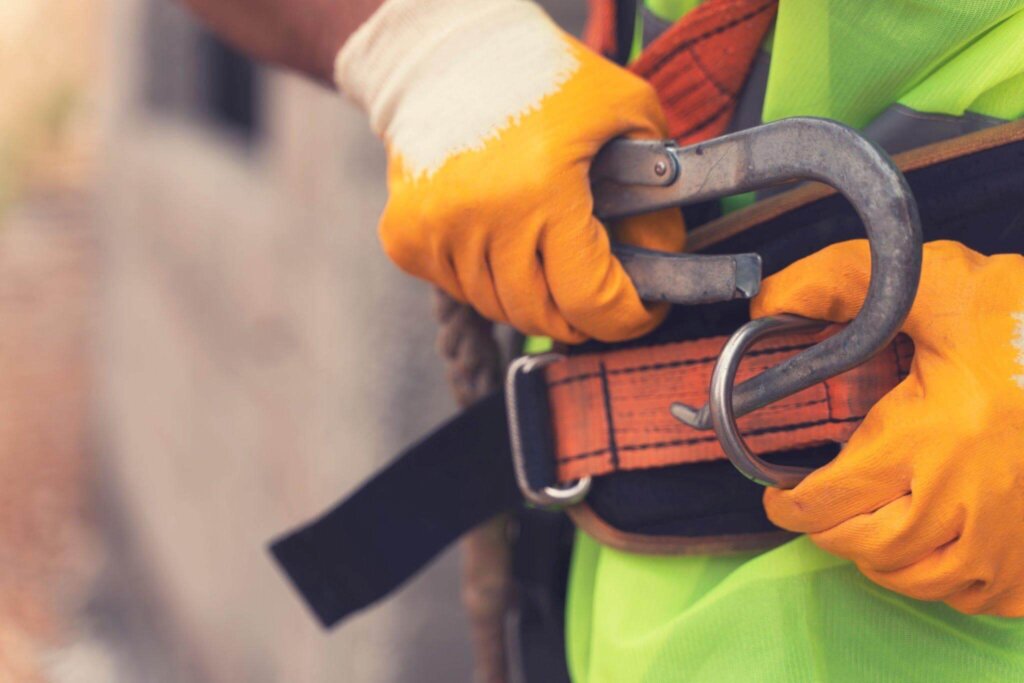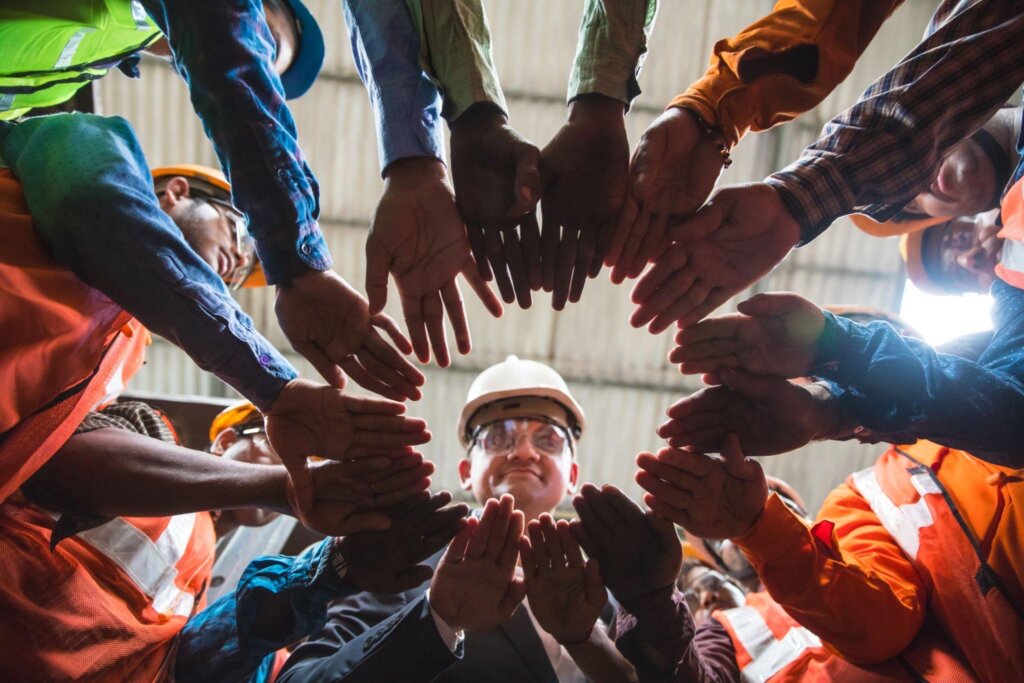About Us
Based in Denver, CO, Visionify develops advanced Computer Vision solutions for Workplace Safety and Compliance, with a specialized focus on enhancing safety in Manufacturing Operations.
Safety Reimagined
At Visionify, we are dedicated to transforming Environmental, Health, and Safety (EHS) standards through our powerful Vision AI applications. Our Vision AI suite offers workplace safety and compliance solutions that are designed to detect potential hazards, monitor worker safety and prevent accidents. These ready-to-use, pre-trained apps, purpose-built for manufacturing environments, can be easily accessed through a user-friendly web-based interface.

What We Do
We help companies establish a Proactive Safety Culture
We help companies establish a robust safety culture with our Workplace Safety Platform. Our solutions provide real-time hazard detection and automated alerts to proactively prevent incidents and ensure compliance with safety regulations. Our out-of-box solutions integrate seamlessly with existing systems to monitor workplace safety continuously. With Visionify, organizations can enhance operational safety, reduce risks, and maintain regulatory compliance efficiently.Our Mission
Visionify aims to provide the most advanced computer vision solutions that enhance workplace safety and compliance. We are committed to helping businesses of all sizes create a safe and compliant working environment by leveraging the power of computer vision technology. Through our innovative solutions, we strive to reduce workplace accidents and injuries, improve compliance with safety regulations, and increase overall productivity.

Our Vision
Visionify aspires to be a leading expert in computer vision solutions for workplace safety and compliance. We strive to create safer, healthier and compliant workplaces through the power of innovative technology and offer seamless interactive experiences. We envision a future where workplace safety and compliance are top priorities for businesses, and we are dedicated to driving this cultural shift by upholding excellence, integrity, and progressive innovation.Contact Information
contact_phone Sales Inquiries
Get in touch with our sales team for demos and pricing information.
- Email: sales@visionify.ai
- Phone: +1 720-449-1124
support_agent Technical Support
Need help? Visit our support portal or contact our technical team.
calendar_month Schedule a Demo
See VisionAI in action with a personalized demo from our team.